
The weeping Alaska cedar grows best in full sun and in acidic but well drained moist soil
The Weeping Alaskan Cedar is an evergreen conifer native to the northern west coast states. It has blue green foliage and grows in a narrow upright form with secondary branches emerging off the main trunk to hang straight downwards. These hanging branches give the Weeping Alaskan Cedar its dramatic appearance. 2018 availability.

Weeping Alaskan Cedar An Elegant, Easytogrow Evergreen Tree
Botanically known as Callitropsis nootkatensis, this stunning specimen looks impressive year round. Growing to 15 to 20 feet high, the Weeping Alaskan Cedar produces elegant deep green-blue foliage on upright pointing branches. Not only that, but the Weeping Alaskan Cedar is a fast-growing and low-maintenance tree.

Blue Weeping Alaskan Cedar Tree Garden Gate Nursery
The weeping Alaskan cedar is a conifer tree but not a true cedar or cypress, although it is found in the cypress family of Cupressaceae. It is pyramidal in shape and has small scale-like leaves that droop down in small sprays and collectively create what look like long, graceful arms reaching downward. The fruit it produces are small leathery.

Cedar Weeping Blue Alaskan Tree Top Nursery & Landscape Inc.
Two weeping Alaska cedars grow here now, the first a 40th birthday present from my garden mentor; the other (above) a few years younger. Each one is about 25 feet. Though they are said to reach 60 or even 90 feet in the wild (Alaska to Oregon), half that is the expectation in cultivation. A mature tree in the garden will be about 12 feet or.
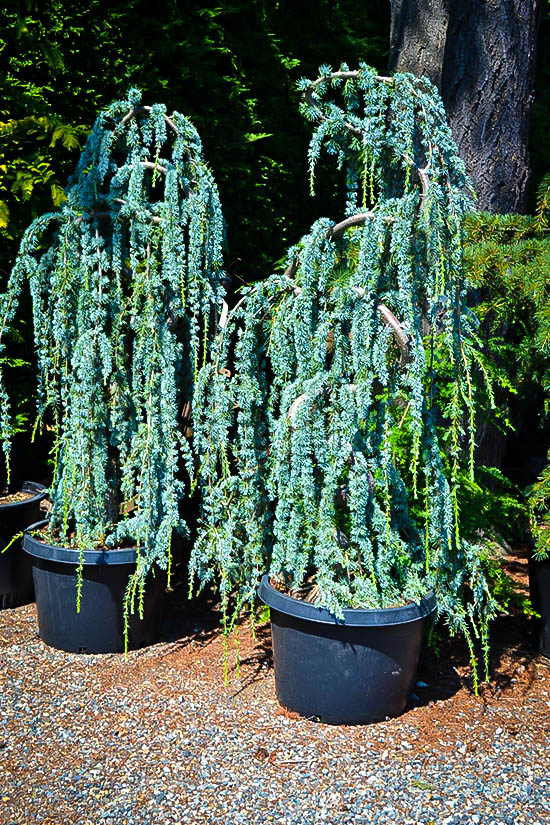
Weeping Blue Atlas Cedar Trees For Sale Online The Tree Center™
The Weeping Blue Alaskan Cedar is an evergreen tree that has blue-green foliage. It has a weeping, pendulous habit that makes it a handsome landscape tree. It grows to 20 to 30 feet tall and around 8 to 12 feet wide. This tree works very well as an accent and can take full sun, although it will perform better with some afternoon shade.

Blue Weeping Alaskan Cedar Bower & Branch
The Weeping Blue Alaskan Cedar is a tall narrow form with blue foliage and a graceful habit. Its pyramidal shape and weeping branches make it ideal for the landscape. It prefers full sun and good drainage. Are you needing these plants for a garden center, landscape company or city project? We should have them.

Garden Designers Roundtable Inspiration! Pinterest Evergreen, Gardens and Garden junk
Weeping Alaskan Cedar: A Beautiful and low-maintenance tree Table of Contents show 1Blue Weeping Alaskan Cedar: A Nursery guide to growing the Evergreen Chamaecyparis Nootkatensis 2History of Weeping Alaskan Cedar 3Cultivation 4Prune and Maintenance of the Blue Weeping Alaskan Cedar 5Cultivar to Select 5.1'Glauca Pendula.' 5.2'Green Arrow.'
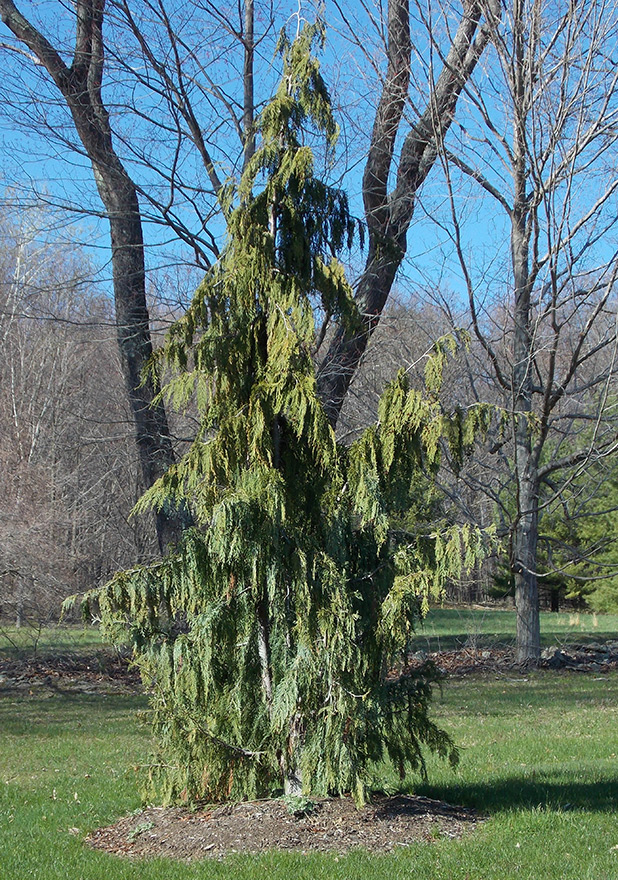
Weeping Alaskan Cedar
Weeping Blue Atlas Cedar Cedrus atlantica 'Glauca Pendula' Pronunciation: SEE-drus at-LAN-tih-kuh GLAW-kuh SKU #02331 6-9 Good to grow! 7 Change Location Find In Store OVERVIEW DETAILS STYLE CARE This Plant's Growing Zones: 6-9 Your USDA Cold Hardiness Zone: 7 Good to grow! Change Location Be Inspired The Best Dwarf Conifers Offer Big Solutions

Chamaecyparis nootkatensis 'Glauca Pendula' WEEPING BLUE ALASKAN CEDAR evergreen tree full sun
Weeping Alaska Cedar Scientific name: Chamaecyparis nootkatensis 'Pendula' Description The nursery trade in the Pacific Northwest sells the Weeping Alaska Cedar as a smaller variant of the native Alask Yellow Cedar. Morphology: While Alaska Yellow Cedar is a native spieces which grows wild in Alaska where it can grow to 60'-90' tall (and 30' wide).

Weeping Alaska cedar Garden Housecalls
But how do you grow and care for this magnificent specimen? Let's find out with this detailed guide here. Plant Name: Chamaecyparis nootkatensis 'Pendula' Other Name: Weeping Alaskan Cedar, Alaska cypress, Yellow cypress, Nootka cypress, Alaska yellow cedar Plant Type: Evergreen coniferous tree Native Areas: North America
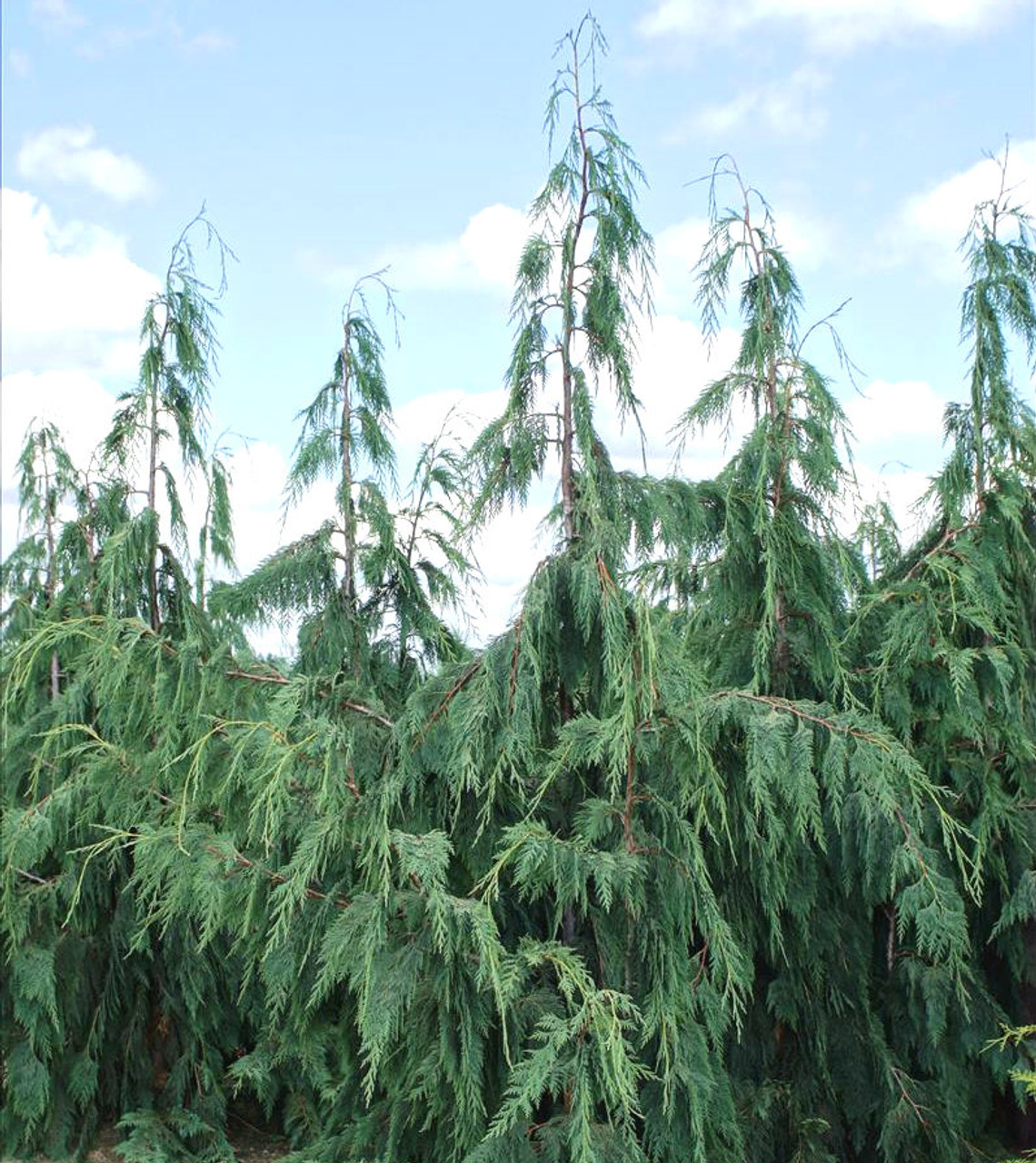
Chamaecyparis nootkatensis ' Glauca Pendula ' Blue Weeping Cedar Kigi Nursery
Blue Weeping Alaskan Cedar Trees Grow Graceful Weeping Branches With Year Round Blue Leaves. Small Columnar Tree Perfect For Any Size Garden.

Blue Weeping Alaskan Cedar Bower & Branch
Weeping Alaskan Cedar Chamaecyparis Nootkatensis Glauca Pendula 4 reviews This product is currently out of stock and unavailable. Notify me when available Buy in monthly payments with Affirm on orders over $50. Learn more Related Products Feelin Blue Deodar Cedar $64.50
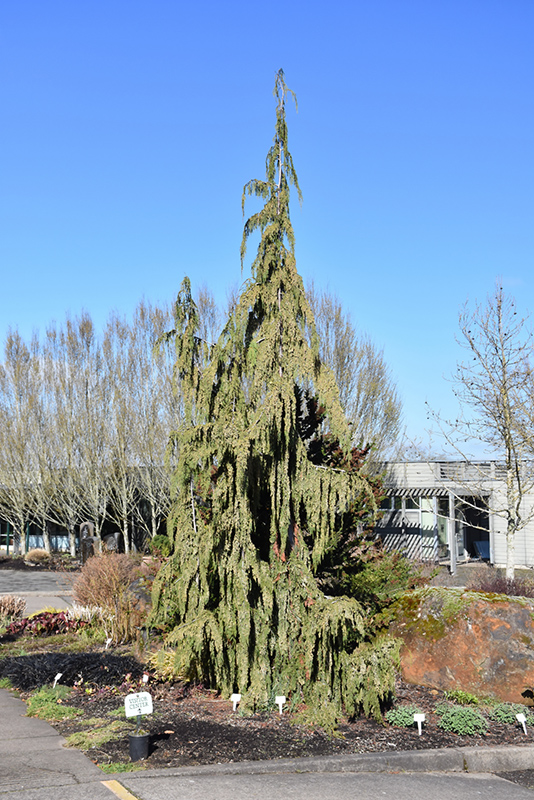
Blue Weeping Nootka Cypress (Chamaecyparis nootkatensis 'Glauca Pendula') in Louisville Indiana
A columnar upright with weeping branches. Blue-green foliage. Can tolerate very shady sites. This species was formerly and is still commonly thought to be in the Chamaecyparis genus. However, it readily hybridizes with other species of Cupressus and bears many similarities, so it is now taxonomically classified as a species of Cupressus.
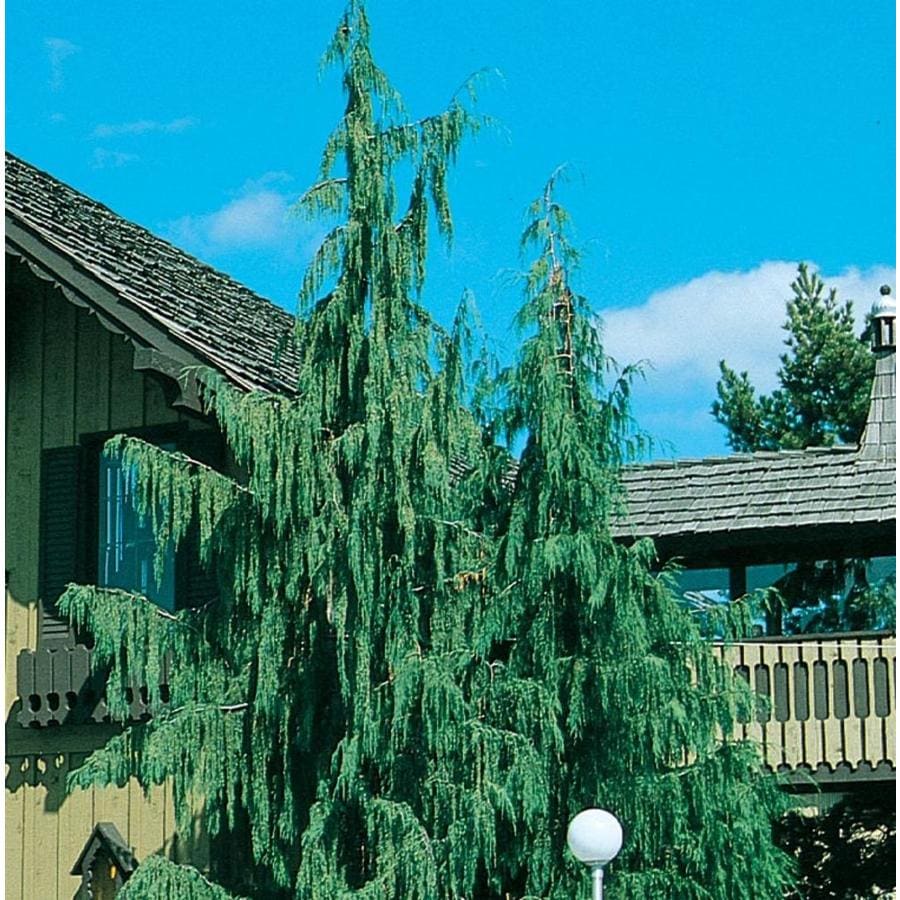
Shop 12.7Gallon Weeping Alaskan Cedar Feature Tree (L14172) at
Common names: Alaska cedar, Alaska-cedar, Yellow cypress, Nootka falsecypress All pictures (2) Share Overview More Information Care Knowledge Cultivars Photo Gallery (2) Chamaecyparis nootkatensis 'Glauca Pendula' (Blue Weeping Alaska-cedar), close-up of pollen strobili; © John Hagstrom
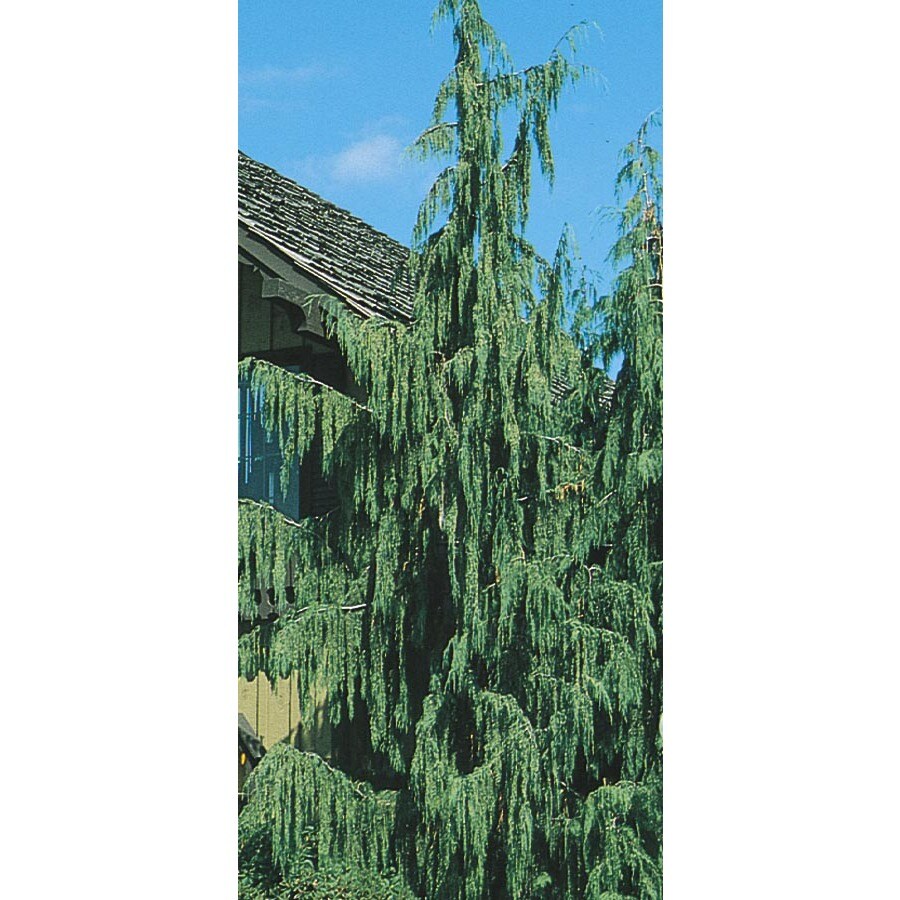
Shop 9.6Gallon Weeping Blue Alaskan Cedar Feature Tree (L24028) at
The graceful Blue Weeping Alaska Cedar is a narrow weeping conifer with a distinctive blue cast. Chamaecyparis nootkatensis is native to the coastal regions of northwestern North America. This 'Pendula Glauca' cultivar is a popular garden ornamental and makes a standout focal point or even a unique privacy screen when planted in groves. Its.
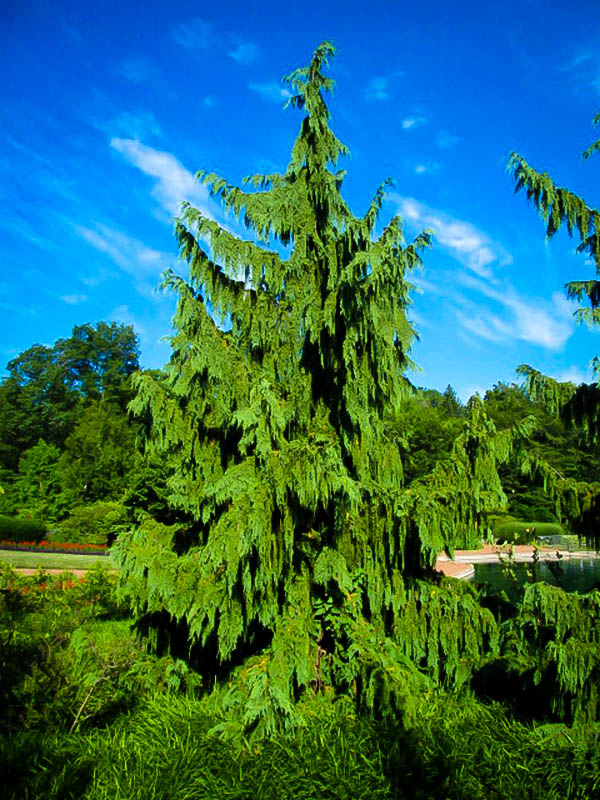
Weeping Alaskan Cedar For Sale Online The Tree Center
The Alaskan weeping cedar is a cultivar of the Alaskan cedar, a species native to western North America with a range stretching from the Siskiyou Mountains of northern California to southeastern Alaska. Its natural habitat includes coastal regions that experience mild summers followed by wet winters.